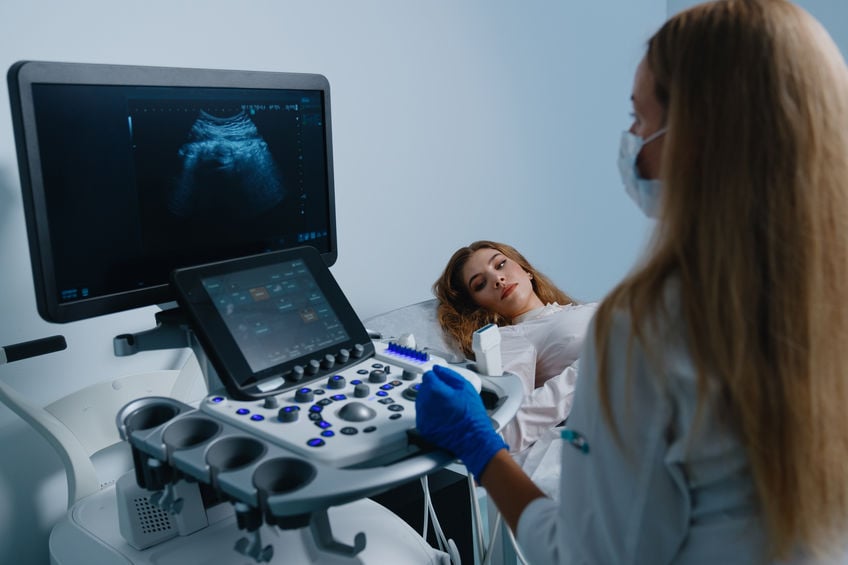What Is Unexplained Infertility?
Infertility impacts about 10% of American couples. Unexplained infertility occurs when both partners have had complete fertility evaluations, but there is no apparent cause for the inability to get pregnant. With this diagnosis, there are no uterine abnormalities, regular ovulation occurs, fallopian tubes are open, egg count is good, and hormone levels are normal. Couples diagnosed with unexplained infertility have tried to conceive for at least 1 year if the woman is younger than 35 or 6 months if the woman is 35 or older. The diagnosis can be emotionally distressing, but thanks to modern medicine, all hope for a baby is not lost.

Is pregnancy possible?
A diagnosis of unexplained infertility does not mean that pregnancy is impossible. Couples who undergo fertility treatments have a high chance of pregnancy. Studies show that 92% of couples with unexplained infertility who pursued assisted reproductive technology (ART) treatments ultimately had a child. A diagnosis of unexplained infertility does not signify the end of the journey toward parenthood.
Your first steps
Healthcare providers typically follow an empirical treatment approach when faced with unexplained infertility. The goal is to increase the chances of pregnancy by addressing possible underlying issues. Sometimes, healthcare providers may recommend continuing to try conceiving naturally for a certain period, especially if the diagnosis is recent. If natural conception doesn’t occur, other ART treatment options can be explored.
Lifestyle changes matter
Making certain lifestyle changes is an essential aspect of managing unexplained infertility. While no direct evidence links unhealthy lifestyle changes to decreased fertility, a healthy lifestyle can positively impact overall reproductive health. Lifestyle changes may include avoiding excessive alcohol consumption, reducing caffeine intake, and maintaining a healthy weight through diet and exercise. Managing stress effectively also helps, while quitting smoking and adding healthy supplements are advised.
Fertility medications and IUI
If natural conception doesn't occur within a given timeframe, fertility medications may be prescribed to increase the chances of pregnancy. For women, fertility medicine can stimulate ovulation, while men can use certain drugs to improve sperm health. In most cases, fertility medication is combined with intrauterine insemination (IUI), the first stage of ART treatment. With IUI, specially prepared sperm is directly inserted into the uterus using a catheter by a medical professional. This approach can increase the chances of pregnancy.
IVF to boost conception odds
In vitro fertilization (IVF) is a widely used form of ART for treating infertility. The procedure involves using drugs to increase the number of eggs produced in a single cycle and then retrieving the eggs from the ovaries. The eggs are then fertilized with sperm in a laboratory. A fertility clinic transfers 1 or more of the resulting embryos into the uterus. IVF can bypass many potential causes of unexplained infertility and offers higher success rates than other treatment options. There are different types of IVF, such as intracytoplasmic sperm injection (ICSI), mini-IVF, and natural IVF to choose from.
Third-party assistance
In cases where even IVF has not been successful, third-party IVF treatments may be considered. This may involve using an egg donor, sperm donor, or a gestational carrier to achieve pregnancy. These options provide alternatives for couples facing specific challenges in conceiving due to unexplained infertility. These options come with trade-offs but can help couples finally start a family.
Don’t give up
Unexplained infertility may initially seem insurmountable, but there is hope. Multiple treatment options are available to help couples achieve the dream of having a baby. While the exact causes may not be known, lifestyle changes, fertility medications, and ART treatments offer hope for those facing unexplained infertility.





